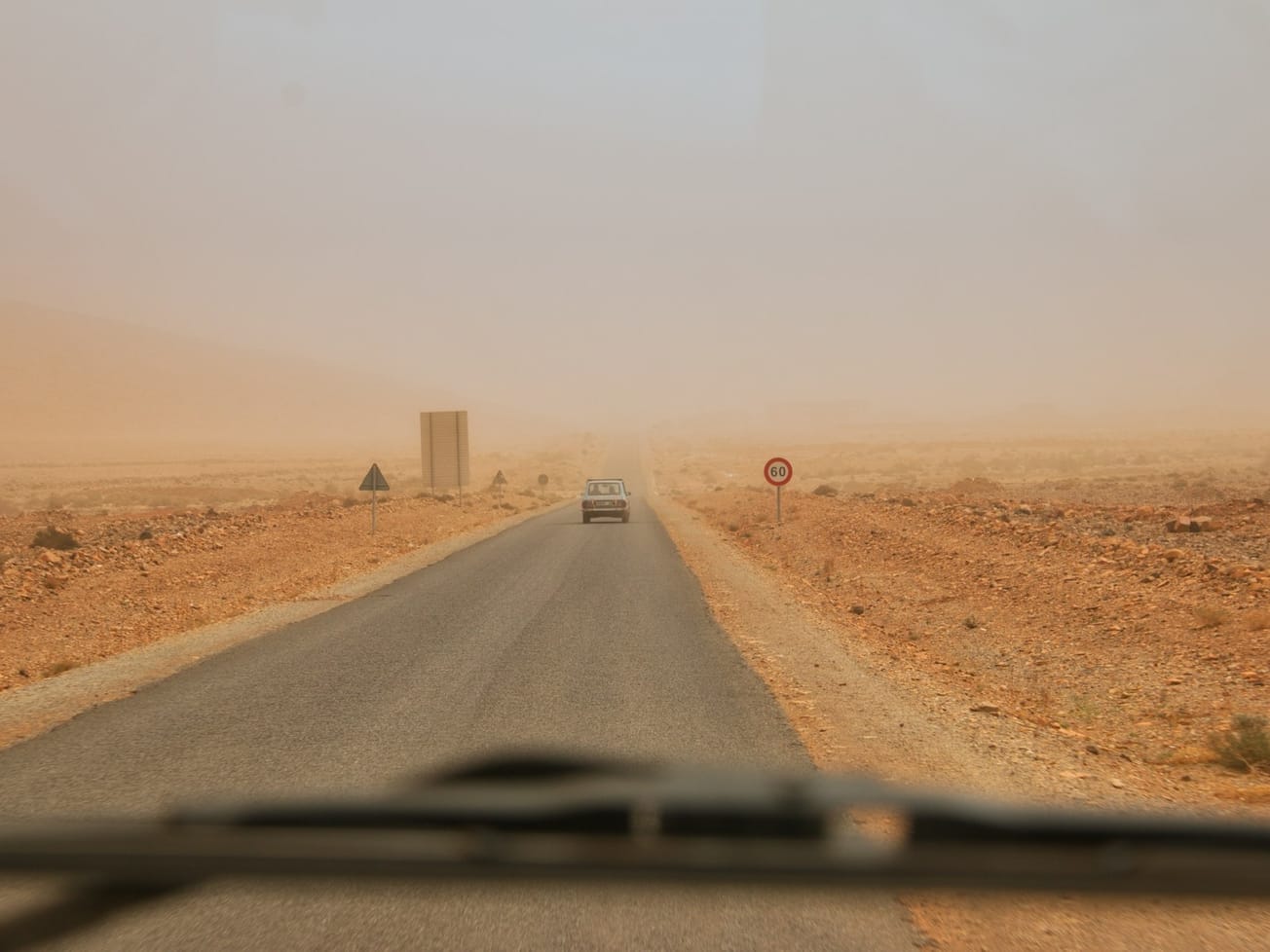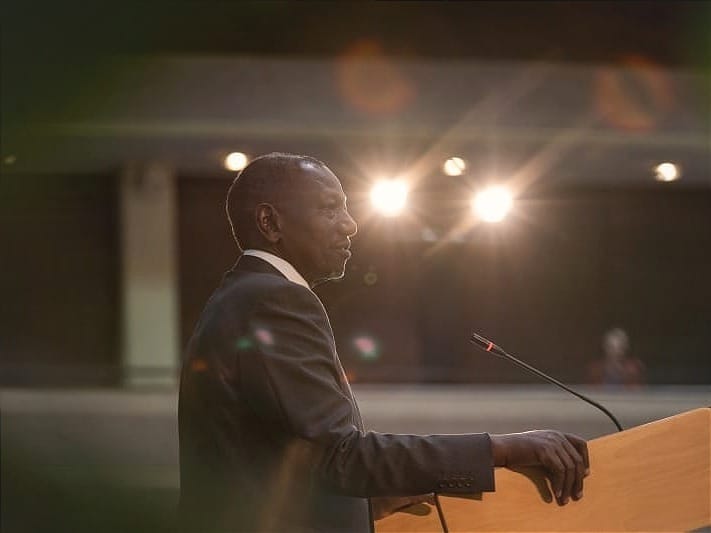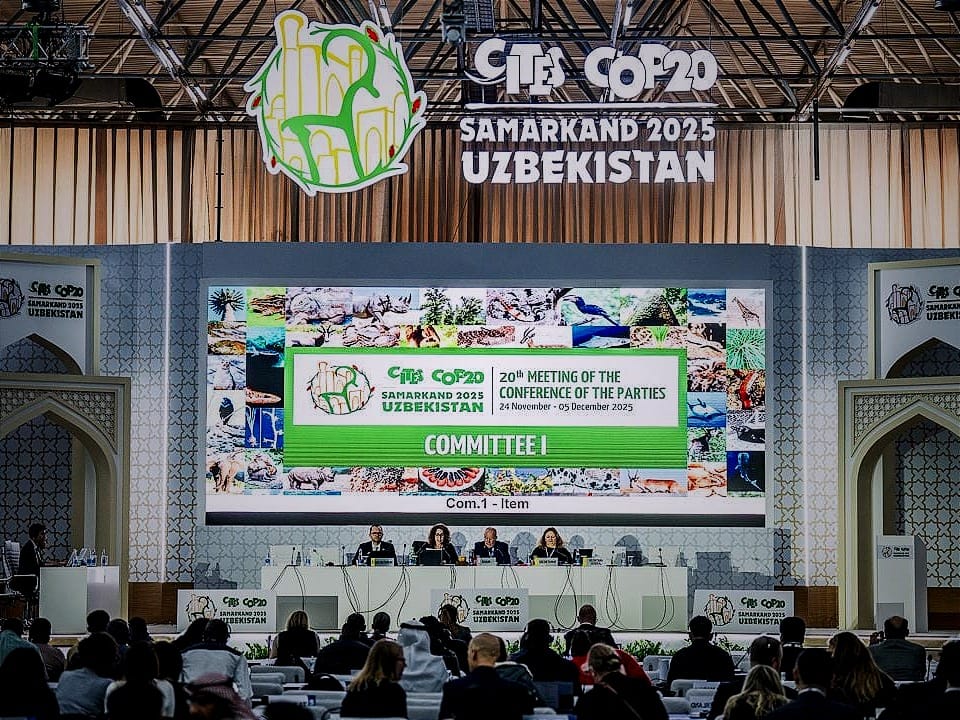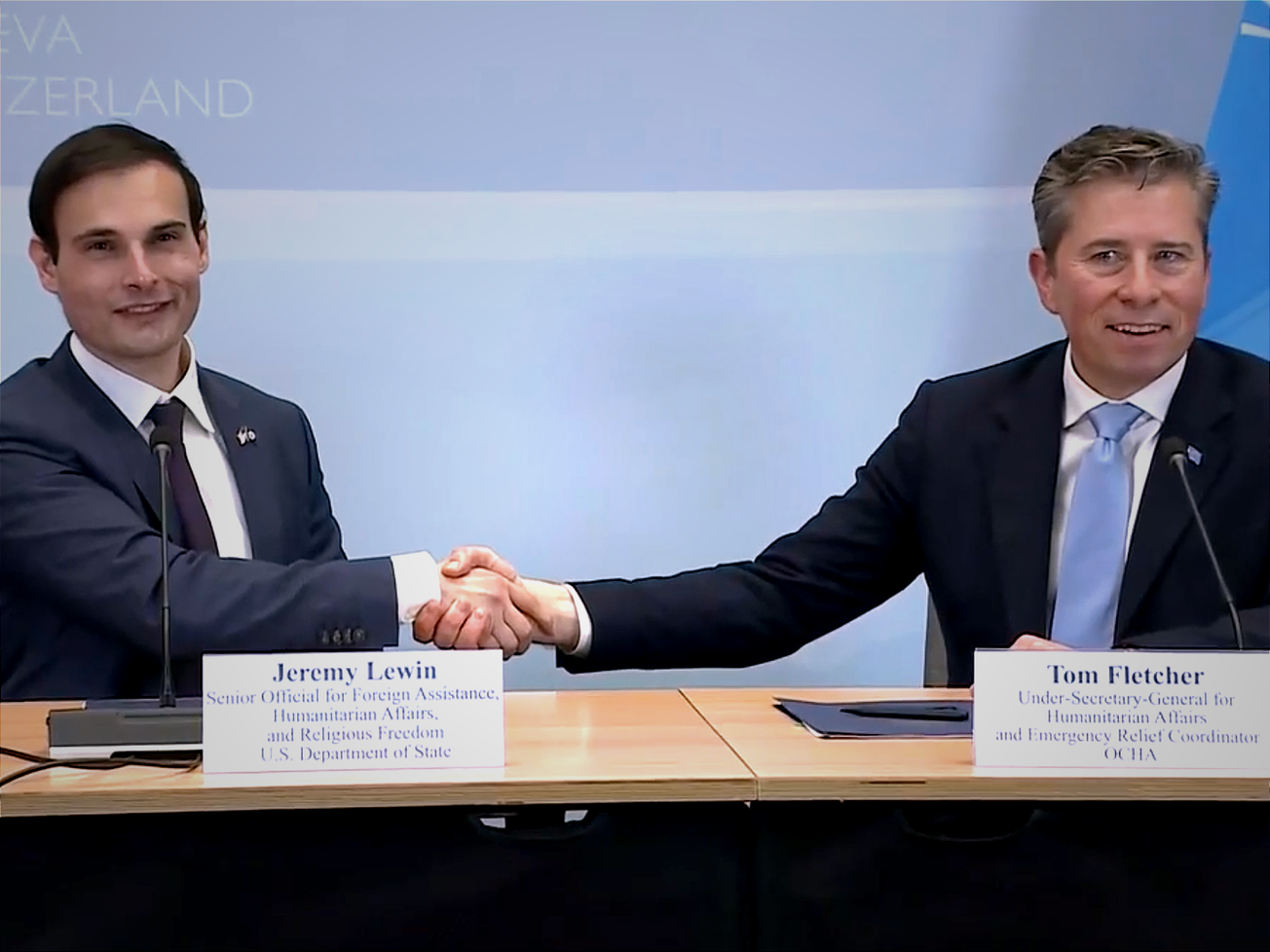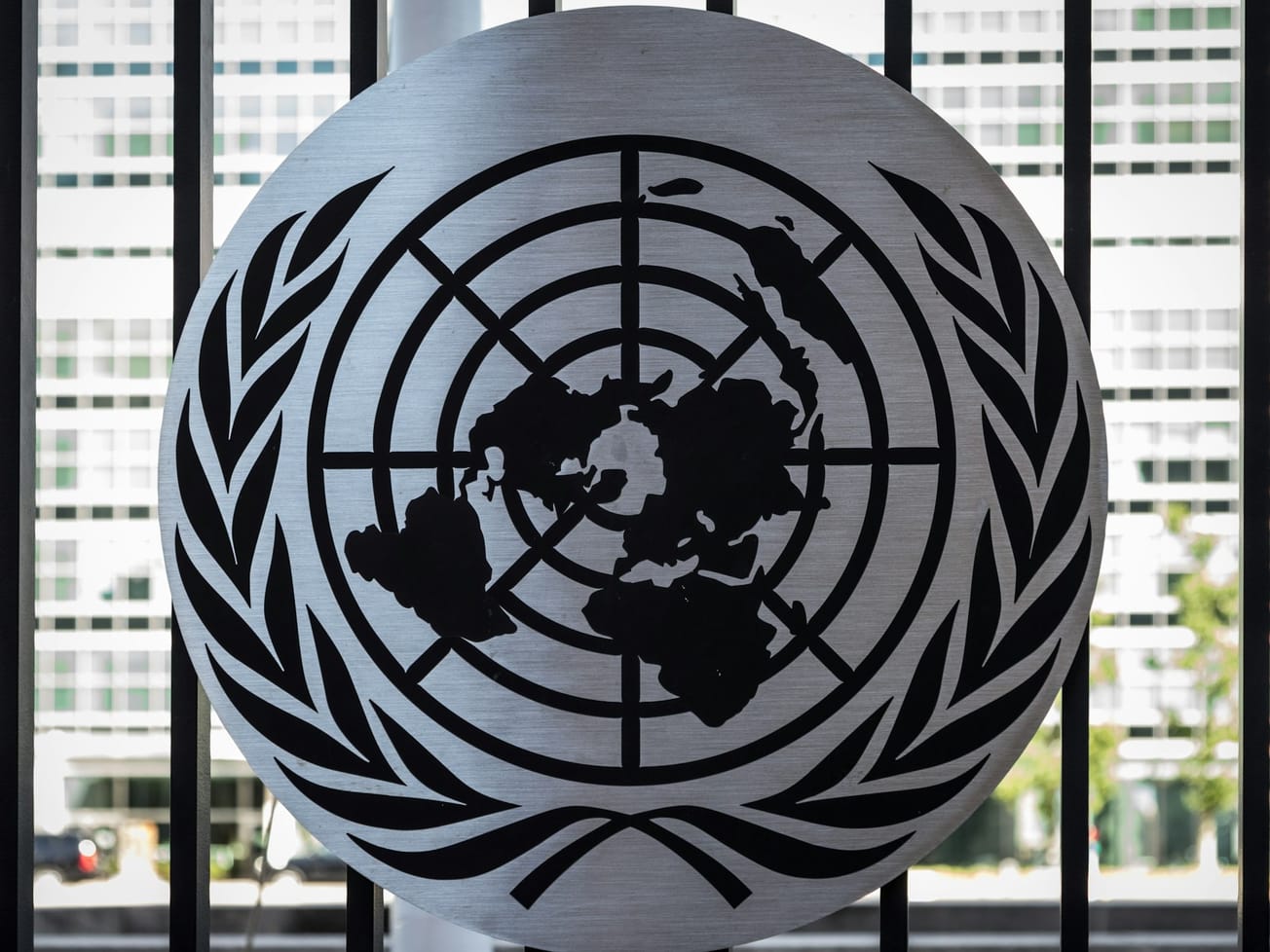GENEVA (AN) — Sand and dust storms, once primarily regional phenomena, are rapidly emerging as a multifaceted global crisis, imperiling the health of hundreds of millions and imposing a ballooning economic burden on nations across the planet, according to new assessments from the United Nations.
The World Meteorological Organization revealed that these airborne hazards now affect an estimated 330 million people in over 150 countries. Each year, approximately 2 billion tons of sand and dust are injected into the atmosphere — a mass equivalent to 300 Great Pyramids of Giza, Laura Paterson, WMO’s U.N. representative, told the General Assembly.

